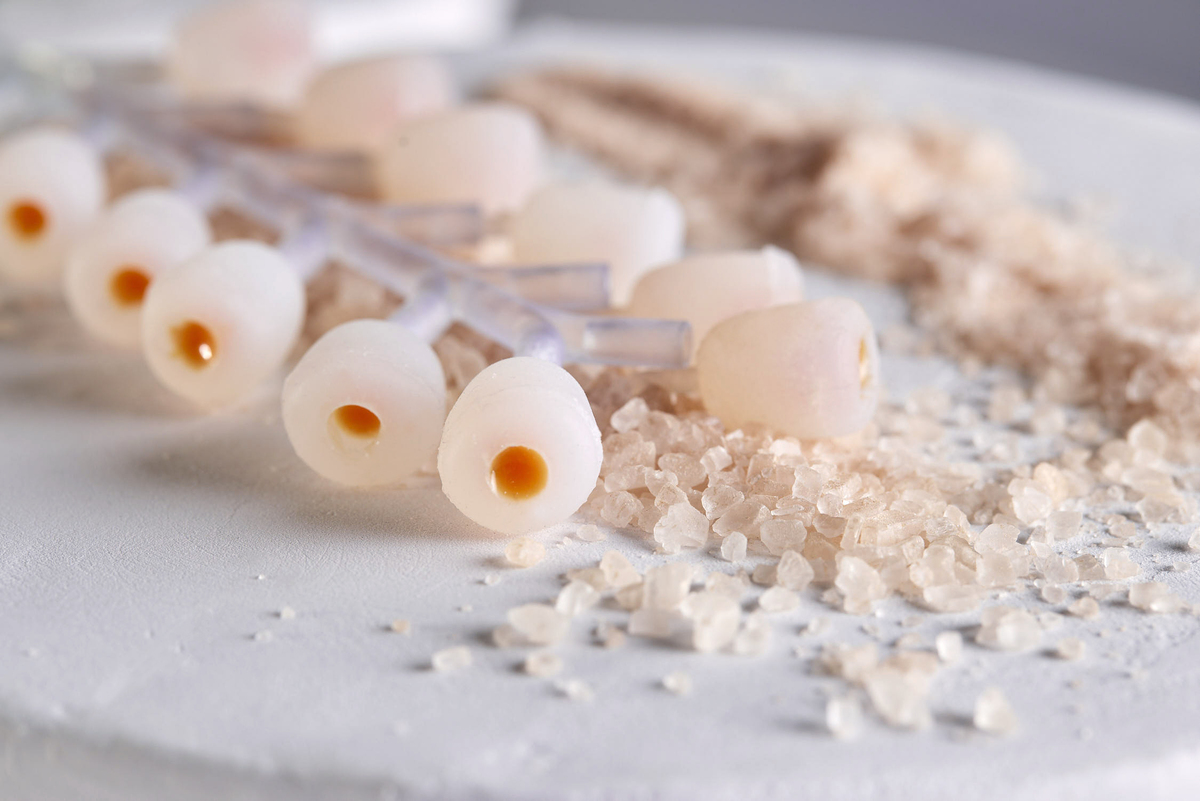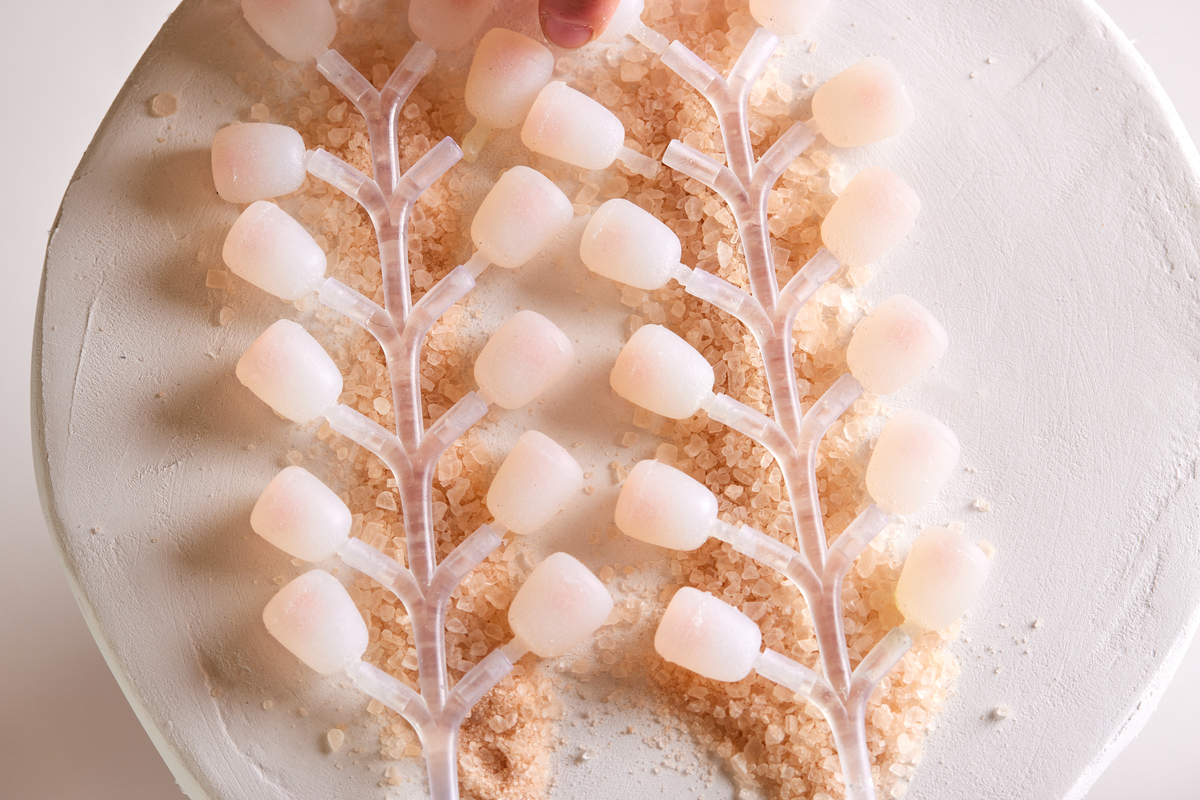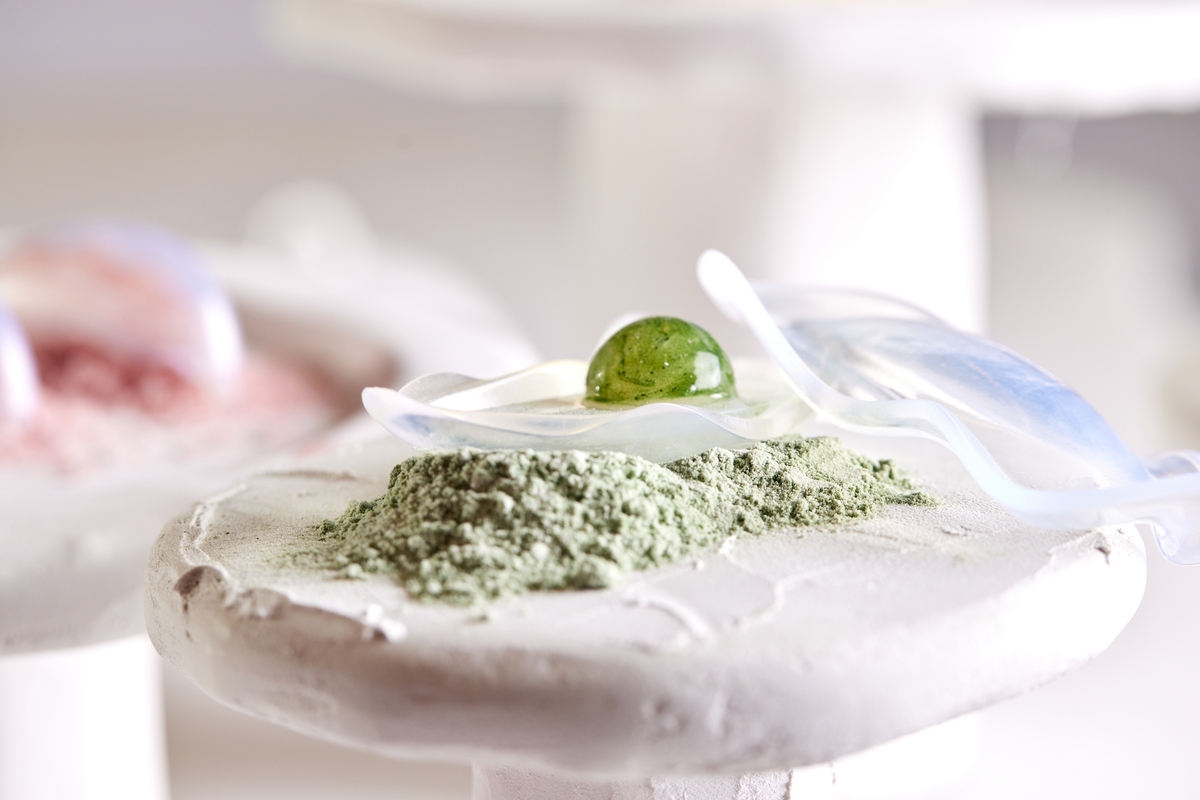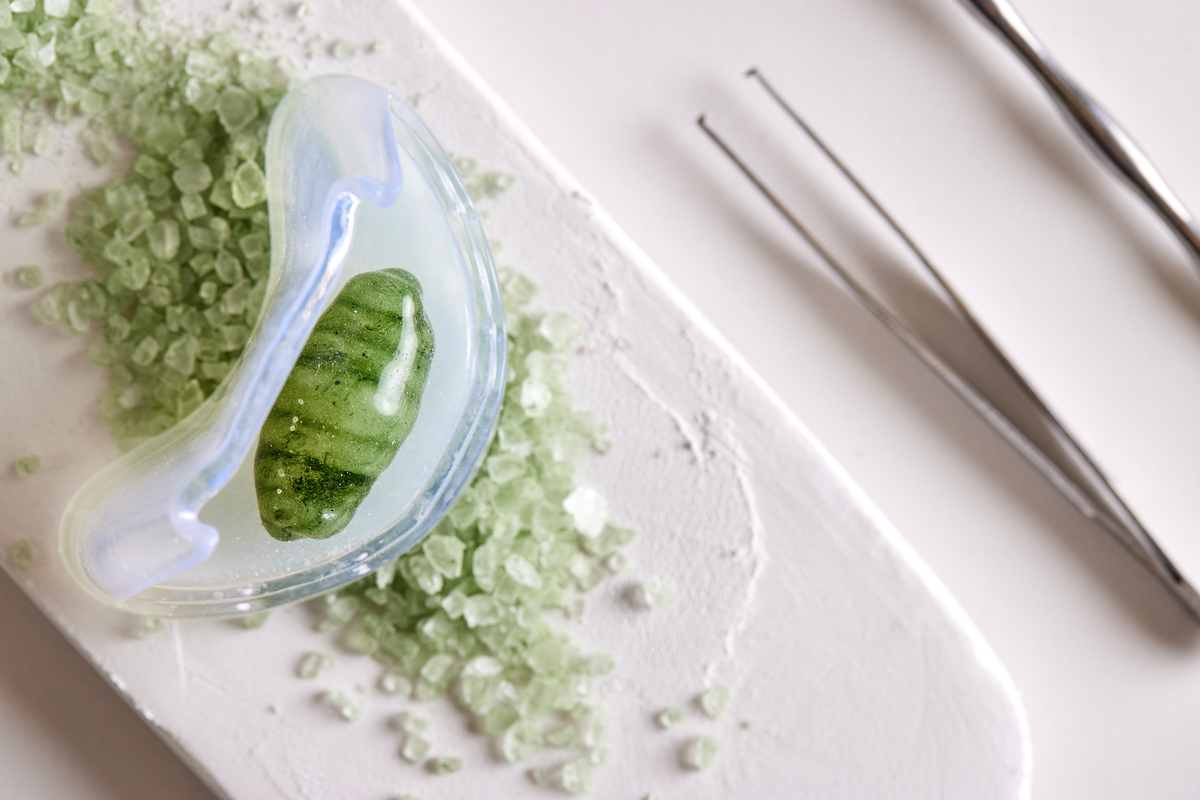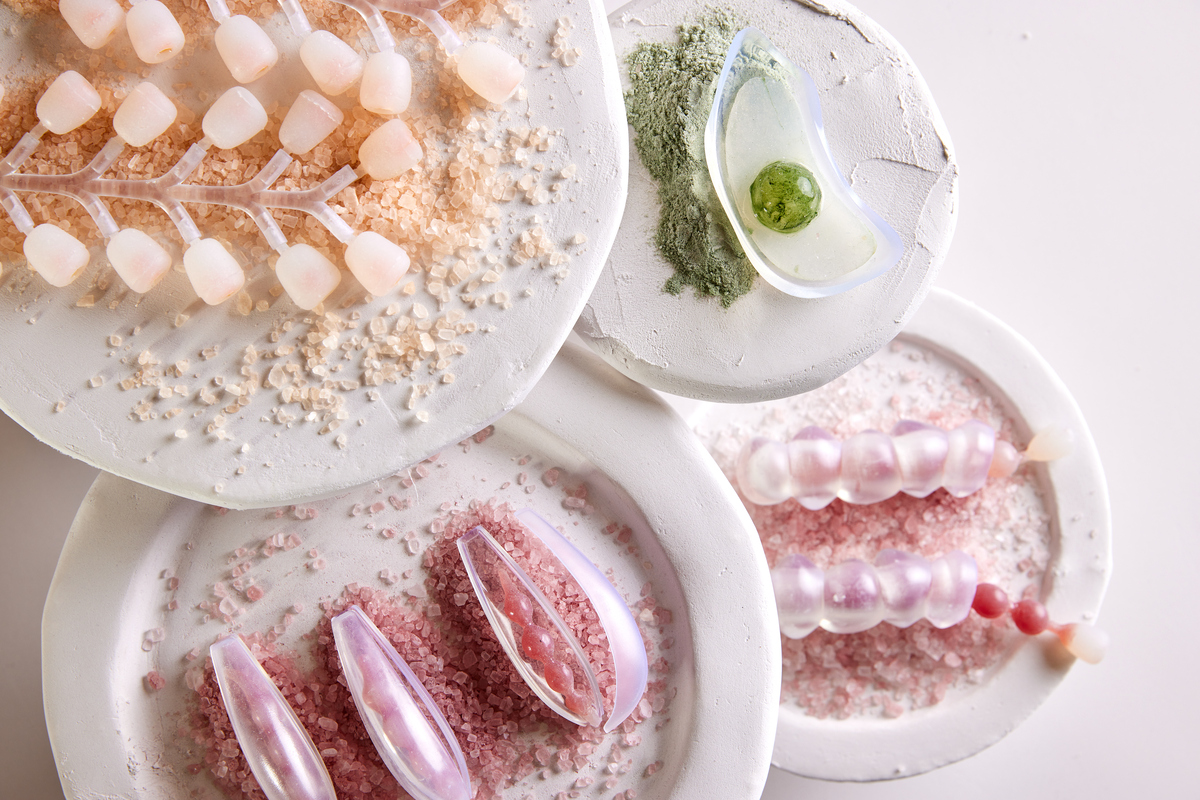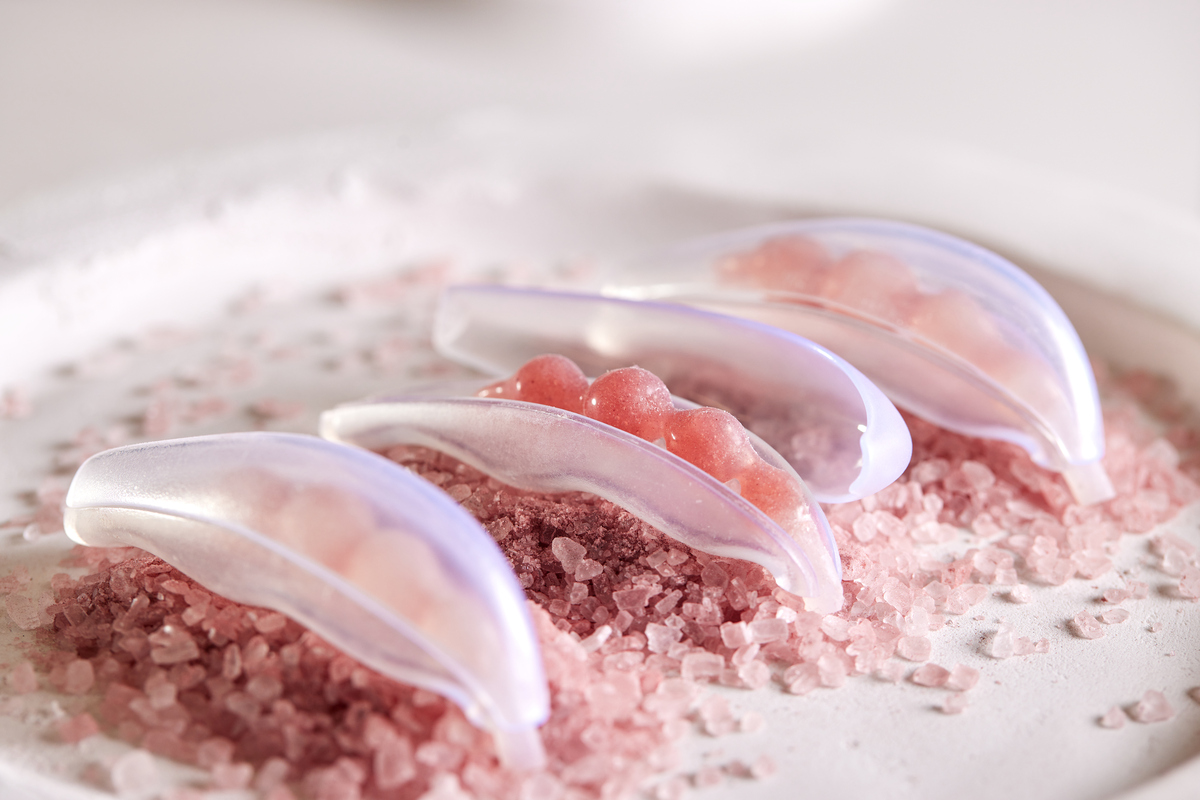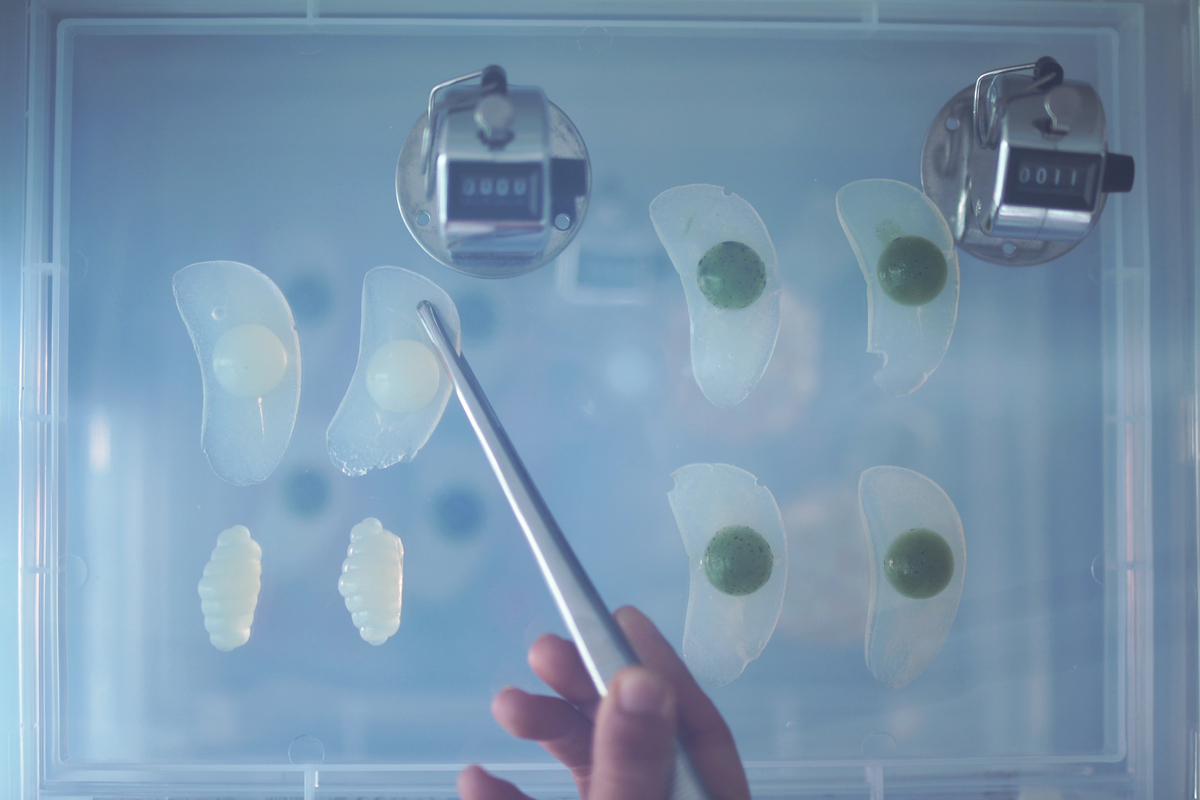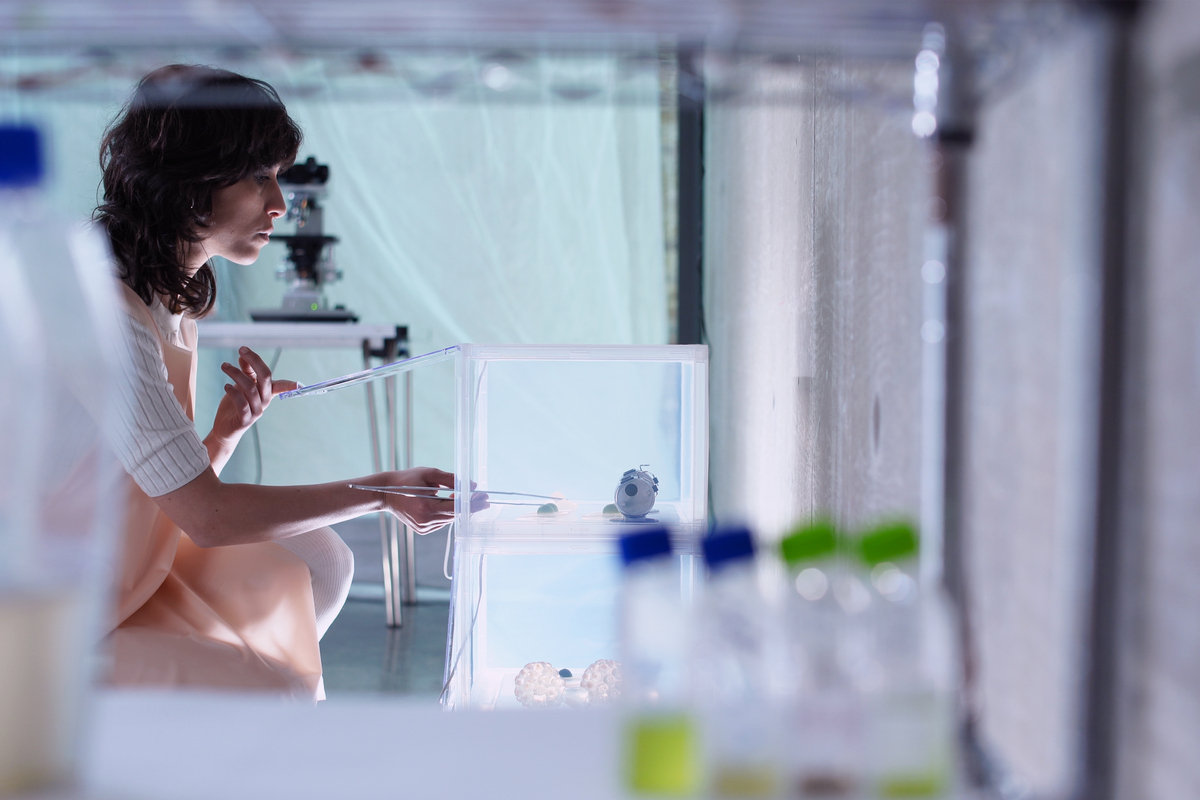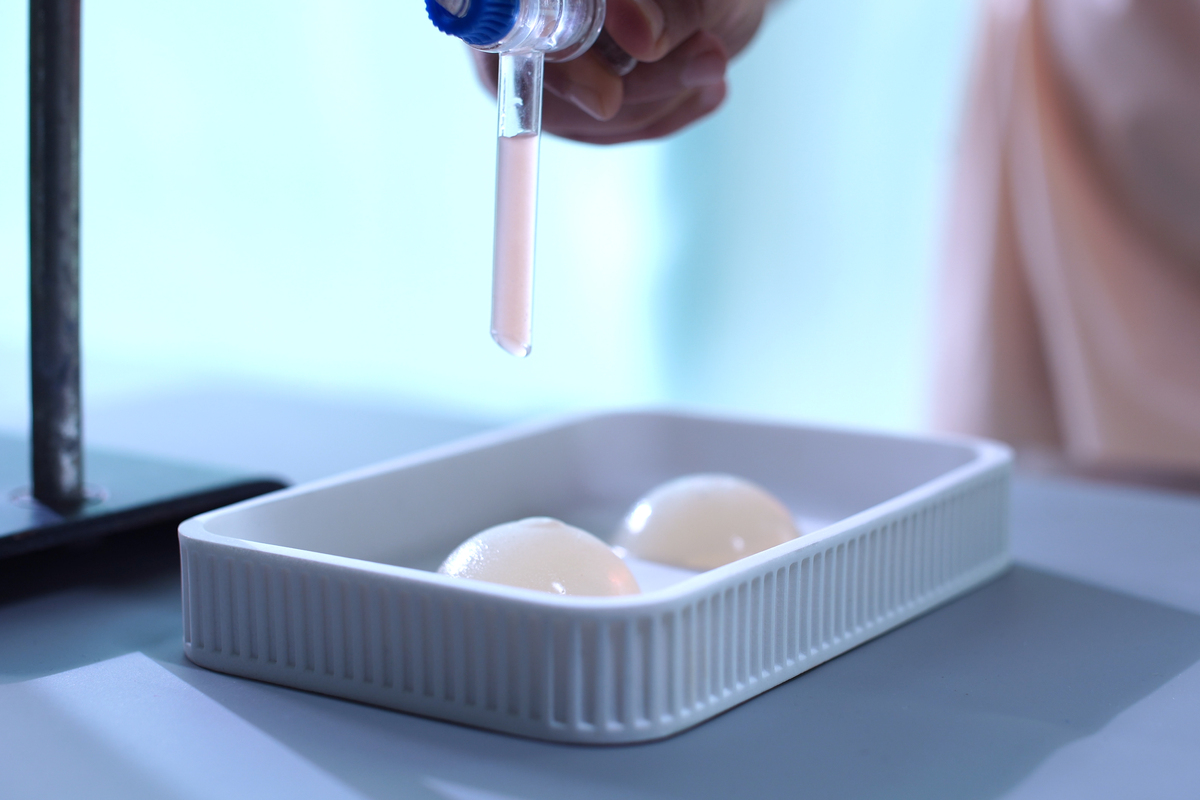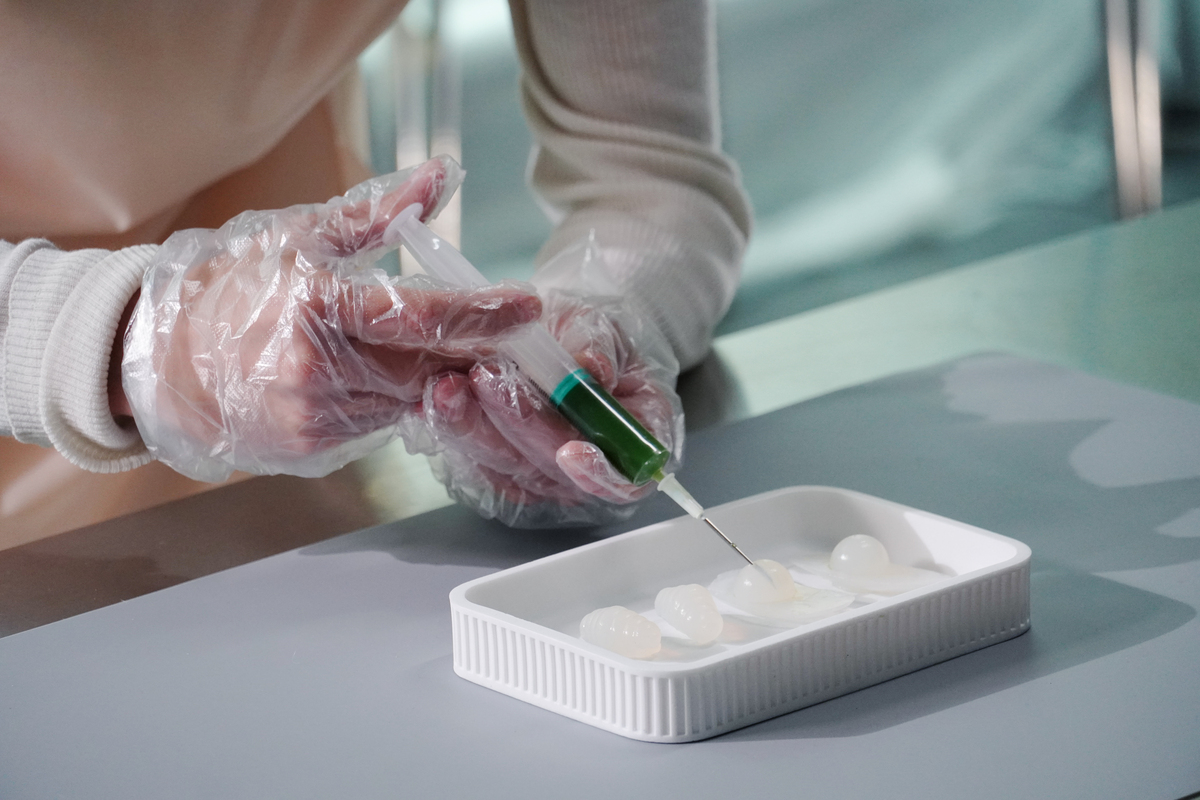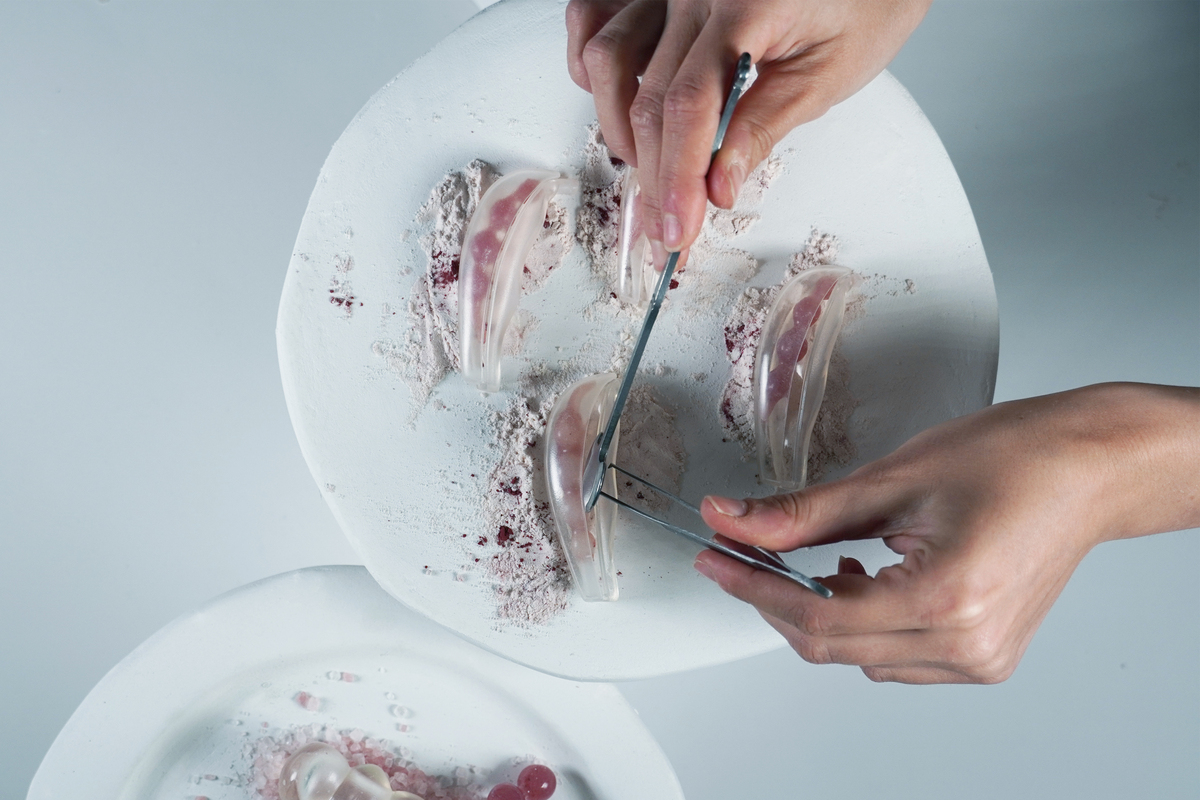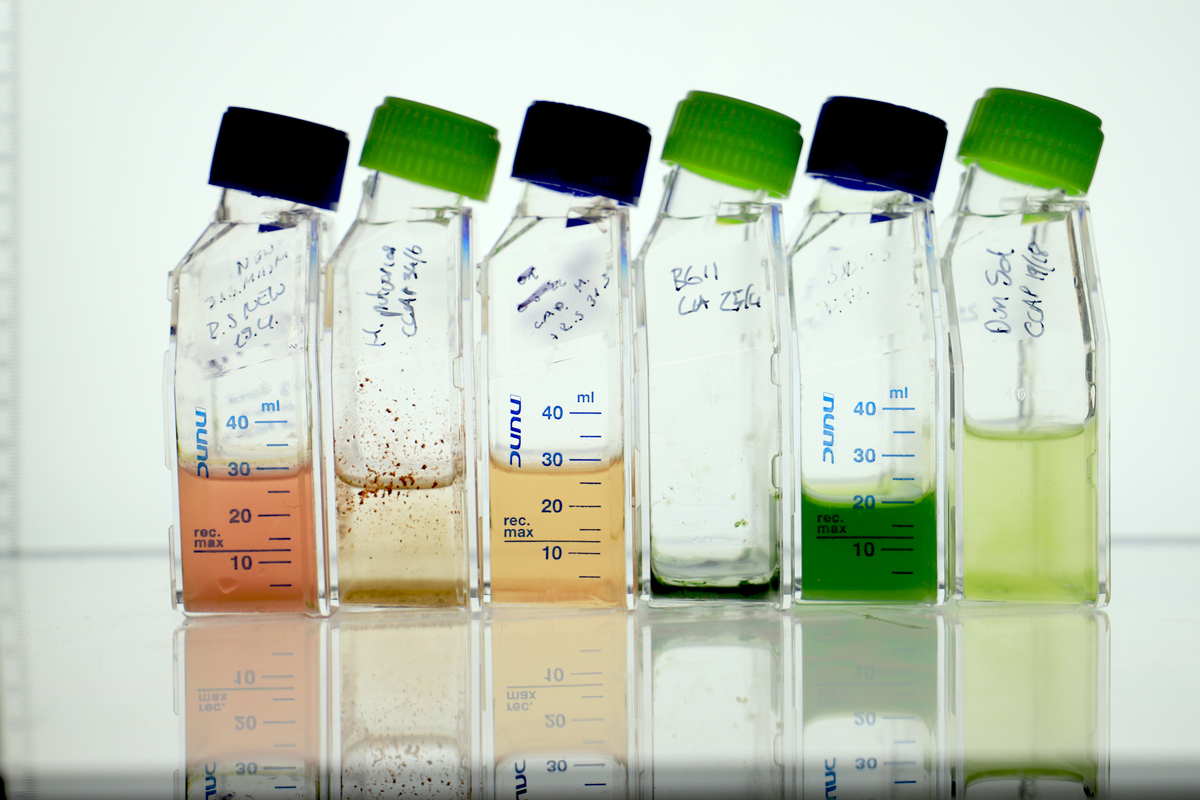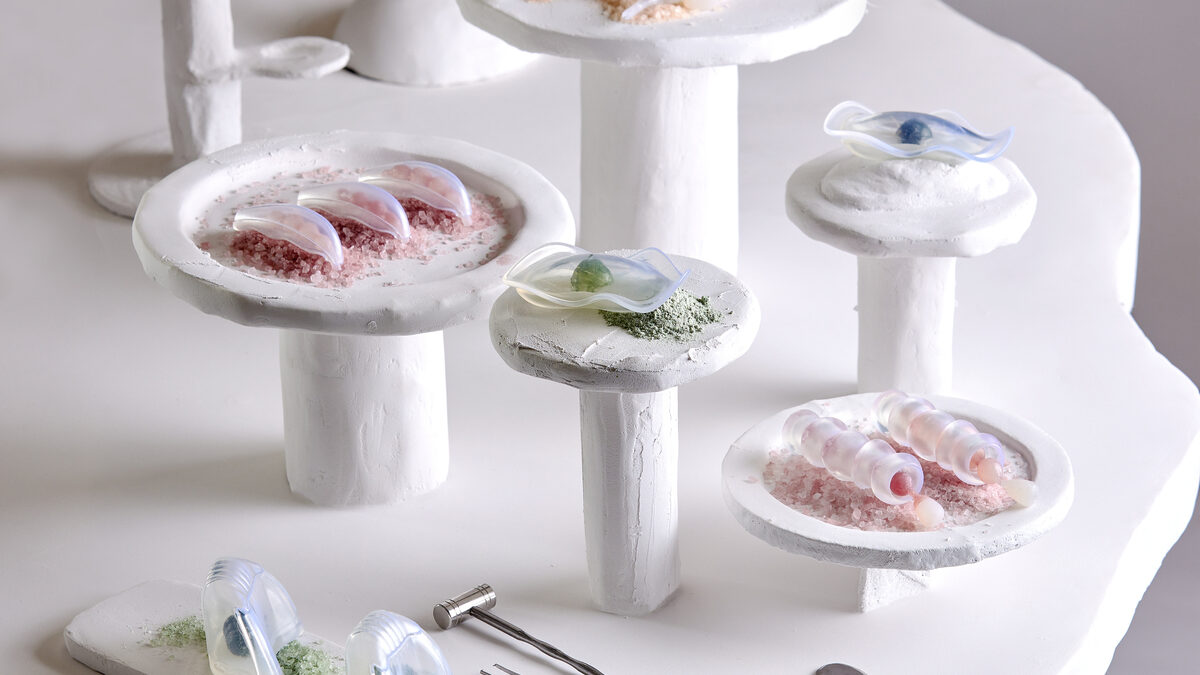
DESIGNING THE FUTURE OF FOOD WITH MICROALGAE
Algae are among the most nutrient-rich foods on Earth and also among the oldest and most widespread. Although they have been consumed for centuries – from Japanese Nori seaweed to Yuyo, the basis of Chilean and Peruvian ceviche, or Limu-Kohuo in the typical poke bowls of Hawaii, where the largest amount of algae in the world is consumed – their establishment in the Western market still faces great resistance. Worldwide, about 90 percent of algae are used for food purposes, while in Europe, only 9 percent. To cope with the looming climate emergency and the resulting food insecurity we should prepare for, there are those who are working to find ways to introduce some species of algae into the future Western diets.
Microalgae, which arrived in our supermarkets decades ago under the name spirulina seaweed, are the ones that are best suited for the purpose, because – as designer Malu Lücking discovered – they are adaptable in flavor, texture and color, thus conveniently adaptable to the taste of the public.
c
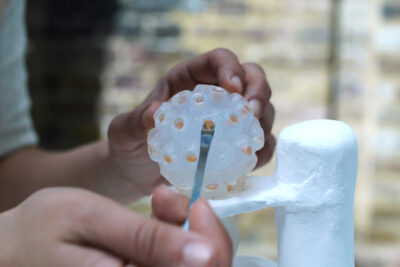
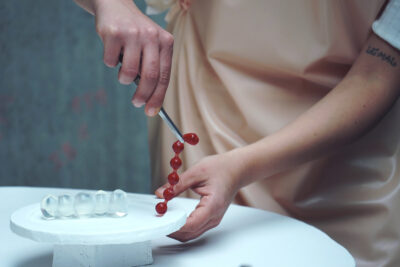
c
The ValgOrize project gives us an example, a research to develop microalgae-based foods whose taste and nutritional profile can meet consumer preferences and European zero-waste standards. According to Johan Robbens, coordinator of ValgOrize and researcher at the Flemish ILVO Institute, algae would have the potential not only to support the uncertain future of our food system, but also to contribute, even now, to making it more sustainable. With the help of Robbens and ILVO, designer and researcher Malu Lücking has pushed the concept of algae-based food to the next level.
Landless Food is set in a future where, due to the loss of biodiversity, most of the flavors that are part of our diet will have been lost. To recreate them, Lücking has “designed” edible items made from microalgae, turning these plant microorganisms into sci-fi gourmet snacks, to be consumed in the new everyday life disrupted – but perhaps not yet destroyed – by climate change. Landless Food presents, in grand fashion, an effective model for growing microalgae at home, inside gelatinous shells that serve both as an incubator and for consuming the product. To learn more, we asked the designer, a recent graduate of Central Saint Martins in London with a master’s degree in Biodesign, a few questions:
Why did you become so interested in algae, and when did you start researching?
My interest in algae as a “Future Resource” started a while ago during my studies in textile design at the Art Academy in Berlin. During this period I was looking a lot into the issues related to the (in-)adaptability and (in-)circularity of our man-made materials. This is when I came across algae and I was just fascinated by the way these organisms can adapt so well to changing environmental conditions. Microalgae, for example, survive in the harshest environments, from inside the ice crust to volcanos, and they find ways to adapt and thrive in any environment.
What pushed you to become involved in this project, and what are Landless Food’s main goals?
As textiles, Food is also very much related to culture and tradition. The cultural and emotional aspect is what made me interested in textiles in the first place and also what made me want to do a project around future food resources. In the initial research phase of this project I studied the culture and history of micro and macro algae intensively. I talked to a lot of people, from anthropologists to scientists, about the history and culture around algae in food. This is when I met Johan Robbens from the ILVO research institute, who was very enthusiastic about the potential of algae in Food, just like me, and we started to collaborate.
As a food source these microalgae are very fascinating as they don’t require much to grow. Looking into a future where harsh environmental conditions will become the new normal, we can be quite sure that algae will adapt to this, even in times when most of our biodiversity will be at risk of extinction. But because food is about much more than just nutrients I was very excited about this (still mostly unknown) fact that microalgae are more than superfoods: they can also fulfill our desire for flavor diversity.
The main goal of this project is to bring a positive perspective into this very uncertain future of our food. It was very important for me to be honest about the predictions for the future of our food and not leaving people with fear and anxiety, but rather trying to be honest yet optimistic: the future of our food might be very different from today but that doesn’t mean that no exciting things lay ahead of us. We just have to rethink certain systems and adapt to change (like the algae does).
Can you describe the making-of your project (and physical prototype)? Did you really “cultivate” your designs in the lab?
The physical prototyping for Landless Food involves working in between the lab and design studio all the time. During the first prototyping phase I was working mainly in the lab, trying to find the best conditions in which the different microalgae grow on a solid 3-dimensional shape. Usually microalgae are grown in a liquid culture (LC), so this was a fairly new approach to algae cultivation, even for the science world. Light, humidity, temperature all influence the growth of the algae. For the design phase I went back to the design studio. The initial shapes were made using clay. I translated these into a digital 3D model to be able to 3D print precise shapes with a transparent resin for the shells. Finally, bringing all of this back to the lab, I placed a starter culture of algae on a casted 3-dimensional “jelly-shape” that contains food for the algae. Then, it’s time to monitor the growth and make sure the algae remain happy over the next weeks.
Visit Studio Malo to find out more about the project and follow the designer on Instagram!
c
